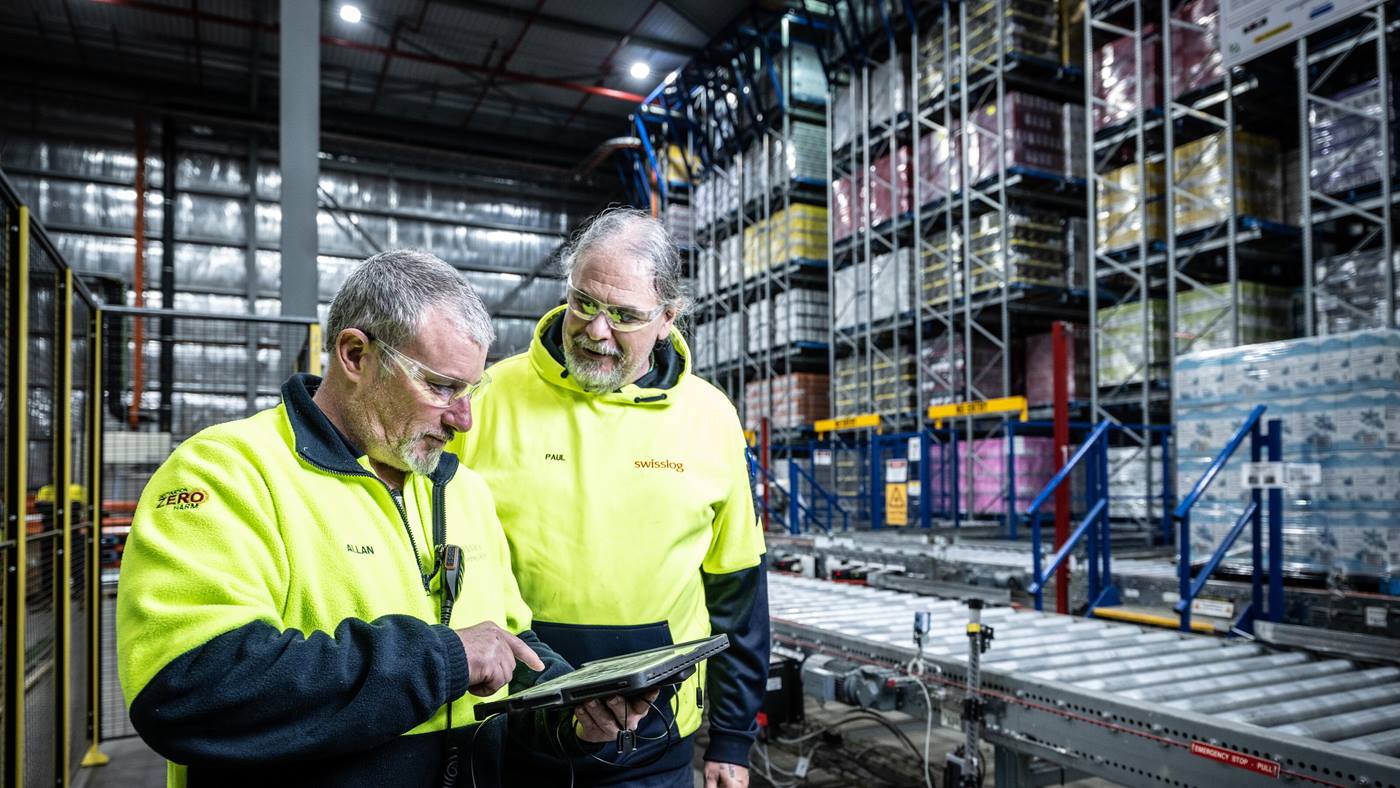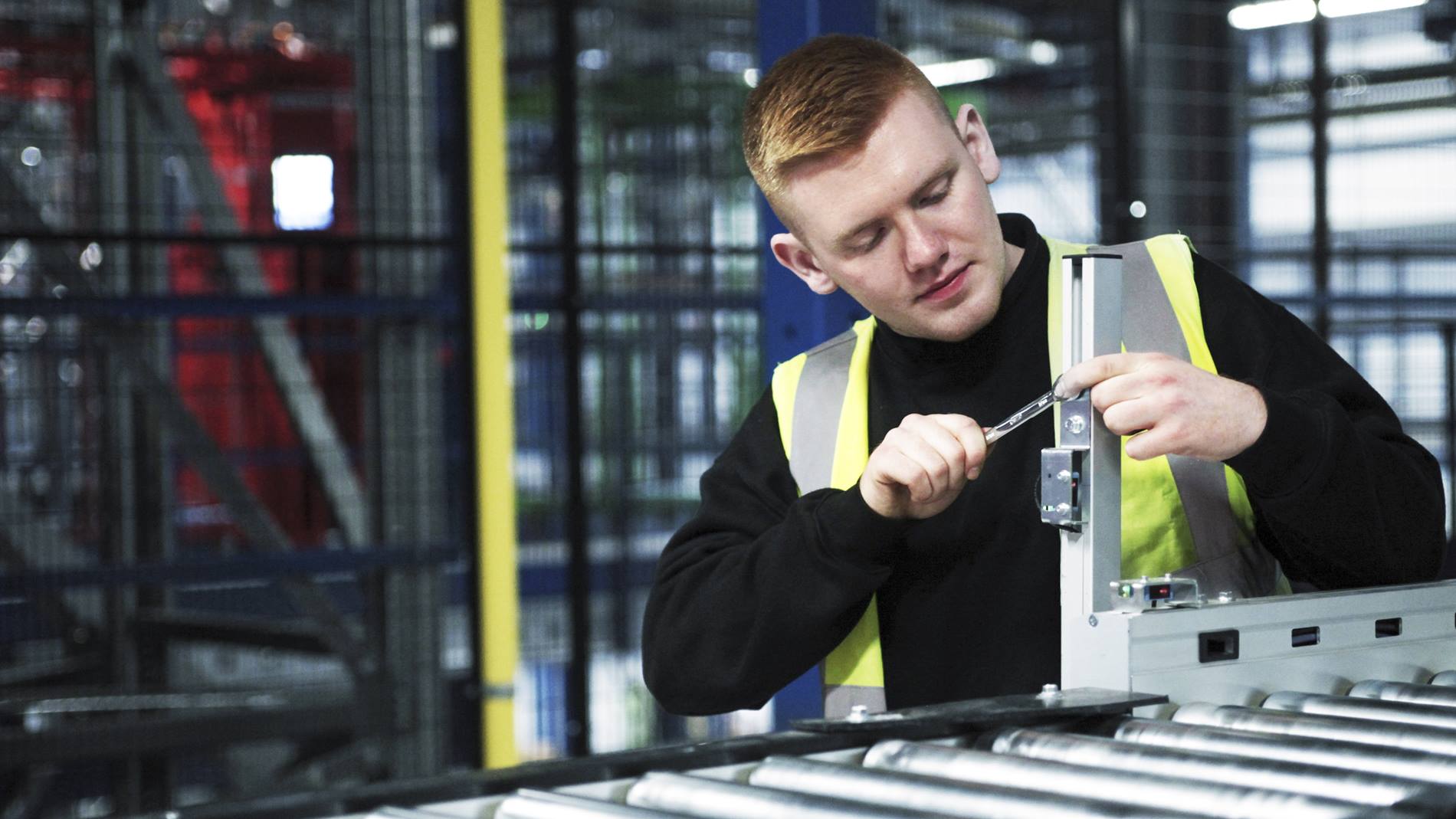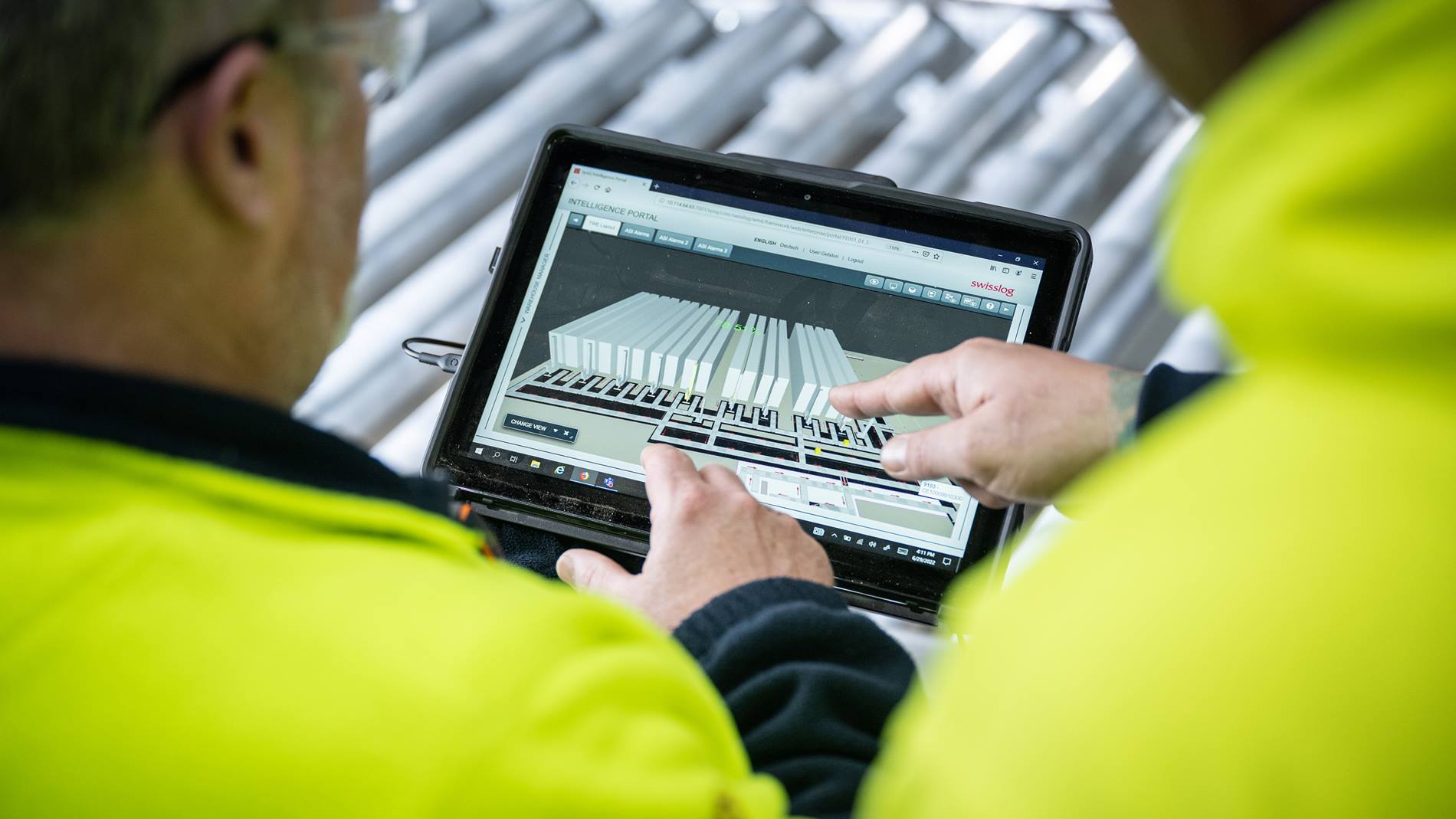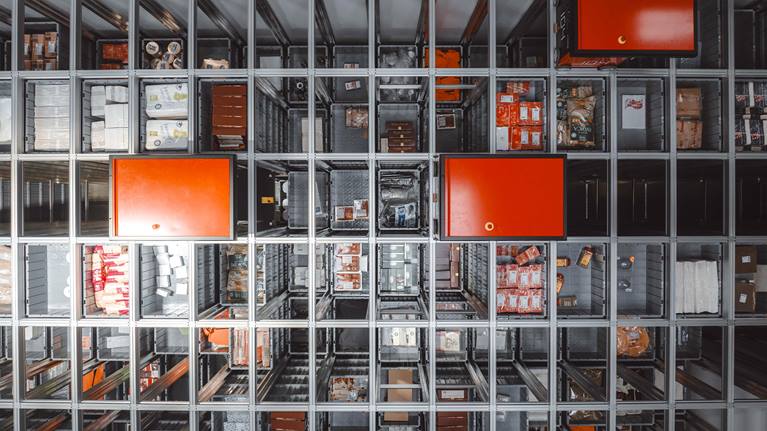Why warehouse modernization is key for long-term reliability

The cost of downtime
Older systems often come with rising maintenance costs, more frequent downtime, and limited compatibility with newer technologies (McKinsey & Company, The case for digital reinvention, 2017). When parts become unavailable or software can no longer be supported, operations are at risk. These challenges not only affect day-to-day performance but can also lead to long-term financial losses. Industry benchmarks show that unplanned downtime can cost between €25,000 and €500,000 per hour for large, automated operations (Gartner, The Cost of Downtime, 2014; IBM, How much does downtime really cost?, 2016), making proactive modernization a critical strategy.
Modernization unlocks a range of practical benefits. By updating systems in a planned and proactive way, businesses can extend the life of their equipment, reduce operational risks, and improve overall efficiency.

The impact of smart modernization
Modernizing warehouse systems delivers measurable benefits. Companies can expect savings in lifecycle costs, improvement in efficiency, and reduction in unplanned failures. Sustainability also improves, with long-term gains in energy use and resource management.
These results show that modernization is not just a technical upgrade, but a strategic investment that supports business growth.
Customer success
A recent project with a Swiss manufacturer highlights the value of modernization. The company operated a third-party conveyor system that was becoming increasingly difficult to maintain. It lacked the capacity to support future throughput and couldn’t integrate effectively with a new WMS.
Rather than replacing the entire system, Swisslog rolled out a phased modernization strategy. Control systems and subsystems were upgraded during scheduled intervals to avoid disruption. Mechanical sections were replaced and extended during a short holiday shutdown, improving layout and flow. The interface to the WMS was redesigned to enable better data integration and planning.
This strategy extended the system’s lifespan by up to 15 years, increased throughput, and improved business processes. Most importantly, it allowed the company to keep production in Switzerland, helping them remain competitive in a challenging market.

Modernizing with Swisslog
Warehouse modernization can be approached in ways that minimize disruption and support long-term operational goals. Swisslog works with both its own systems and third-party installations to help businesses extend the value of existing infrastructure while adapting to changing requirements.
Modular control system
A modular control system architecture enables staged upgrades, helping to reduce downtime and avoid full system replacements. This incremental approach supports continuity while allowing systems to evolve over time.
SynQ software integration
Software integration plays a key role in modernization by improving control, visibility, and performance. Platforms like SynQ unify warehouse management, execution, and control, offering tools such as real-time operational views, responsive workflows, and performance monitoring to support agile decision-making.
Lifecycle management services
Lifecycle management services, such as system health checks, obsolescence analysis, and upgrade planning, can help maintain reliability and align operations with evolving business goals. These practices support consistent performance and readiness for future demands.

Looking ahead
Modernizing warehouse operations isn’t just about keeping pace with technology, it’s about building resilience and adaptability into the heart of logistics. As systems age and business demands shift, thoughtful upgrades can extend the life of existing infrastructure while unlocking new efficiencies. From equipment upgrades to software integration, modernization offers a path to more agile and responsive operations.
For organizations considering how to evolve their current systems, exploring tailored modernization strategies can be a valuable first step.
About the blog authors

Frederik Ossege
With extensive experience in developing customer-centric roadmaps and implementing proactive lifecycle solutions, Frederik bridges technical depth with strategic clarity to ensure reliable operations and long-term system performance.

Emanuel Kratt

Discover how Swisslog’s Multi-Temperature AutoStore helps pharmaceutical manufacturers and distributors meet FDA and DSCSA compliance with smarter, space-saving automation.





